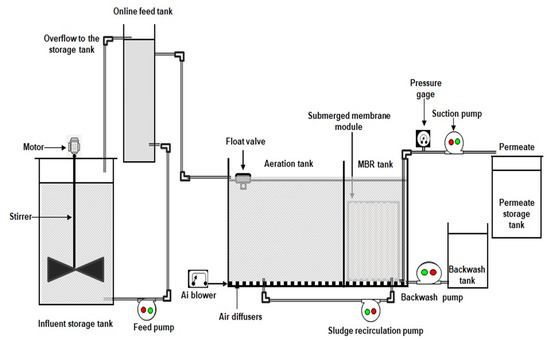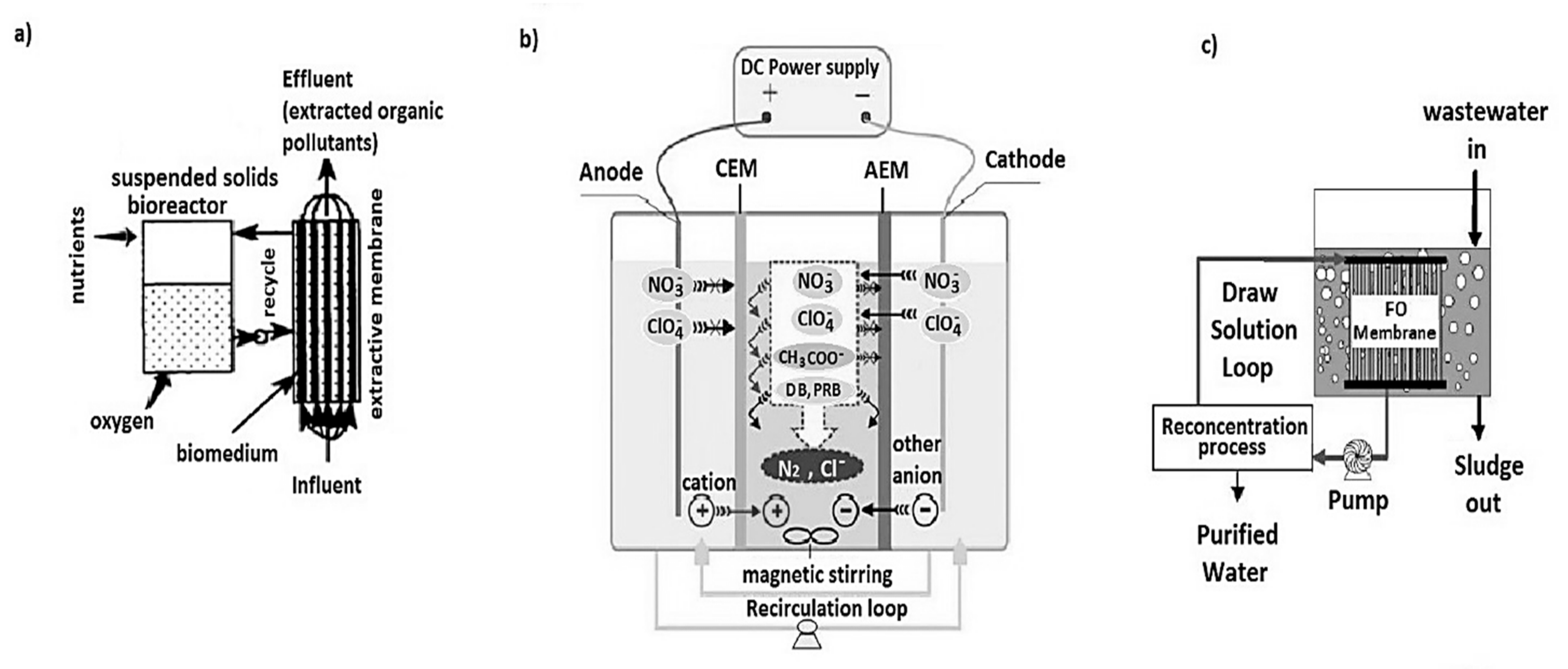Troubleshooting Common Issues with Membrane Bioreactor Systems
Troubleshooting Common Issues with Membrane Bioreactor Systems
Blog Article
Membrane Bioreactors Clarified: Efficient Solutions for Clean Water
Membrane bioreactors (MBRs) have actually arised as an advanced service for attending to the pressing difficulties of wastewater treatment - Membrane Bioreactor. By integrating biological procedures with innovative membrane layer purification, MBRs not just improve the high quality of treated water however likewise decrease the spatial requirements of treatment centers.

What Are Membrane Layer Bioreactors?
Membrane layer bioreactors (MBRs) are sophisticated wastewater treatment systems that combine biological degradation processes with membrane layer purification modern technology. This assimilation enables for the efficient elimination of contaminants from water, making MBRs a recommended option in various applications, consisting of metropolitan wastewater therapy and industrial effluent monitoring.

Among the important benefits of MBRs is their ability to create high-quality effluent, often suitable for reuse in watering or industrial procedures. In addition, MBRs call for a smaller impact compared to standard treatment systems, making them ideal for city settings where area might be restricted.
Moreover, MBRs can successfully handle varying influent lots and are less prone to the effects of toxic shocks. These features contribute to their growing appeal as a lasting service for resolving the enhancing demand for clean water while minimizing environmental effects.
Just How Membrane Layer Bioreactors Job
While the operation of membrane bioreactors (MBRs) may appear complex, it fundamentally rotates around the synergy in between organic processes and membrane filtering. MBRs integrate an organic therapy procedure, generally turned on sludge, with a membrane separation system to treat wastewater successfully.
In an MBR system, wastewater is very first introduced right into a bioreactor where bacteria weaken raw material and other impurities. The biological activity decreases the concentration of pollutants while promoting the growth of biomass. Following this biological treatment, the combined liquor goes through membrane filtration, which can be microfiltration or ultrafiltration, depending on the desired effluent quality.
The membranes serve as a physical barrier, permitting water and small solutes to pass while keeping suspended solids and larger particles. This makes it possible for the system to keep a high focus of biomass within the activator, enhancing the treatment efficiency.
Furthermore, the continuous splitting up of cured water from the biomass promotes a portable style and decreases the footprint of the treatment center. On the whole, the mix of biological degradation and membrane purification in MBRs causes reputable and reliable wastewater therapy, making certain high-quality effluent ideal for different applications.
Benefits of MBR Modern Technology
Among the crucial advantages of membrane layer bioreactor (MBR) modern technology is its capacity to create top quality effluent with a significantly decreased impact compared to standard wastewater treatment approaches. MBR systems properly integrate biological treatment and membrane purification, leading to superior removal of contaminants, consisting of suspended solids, microorganisms, and raw material. This capability brings about effluent that typically fulfills or exceeds stringent governing standards for reuse and discharge.
Furthermore, MBR modern technology permits greater biomass concentrations, which improves the therapy effectiveness and lowers the needed activator quantity. This compact style is specifically useful in city locations where area is restricted. The functional flexibility of MBR systems also suggests they can adjust to differing influent qualities and circulation prices, making them appropriate for a wide range of applications.
Furthermore, the lowered sludge production related to MBR procedures adds to lower operational and maintenance expenses. The membranes work as a physical obstacle, reducing the danger of blocking and enabling longer operational periods between cleansing. Generally, the benefits of MBR modern technology make it an attractive service for lasting wastewater therapy, resolving both ecological concerns and the demand for reliable source monitoring.
Applications of Membrane Layer Bioreactors
With their adaptability and effectiveness, membrane bioreactors (MBRs) discover applications across numerous industries, including community wastewater treatment, commercial procedures, and even water recovery. In municipal setups, MBRs offer a small service for treating wastewater, effectively getting rid of impurities while simultaneously producing top quality effluent that satisfies rigid regulative standards. This makes them particularly suitable for areas with minimal room.
In industrial applications, MBR technology is utilized for treating procedure water, especially in industries such as food and beverage, drugs, and petrochemicals. These sectors take advantage of MBRs' ability to deal with high organic loads and their performance in recuperating important resources from wastewater, such as nutrients and water.
Moreover, MBRs play a critical function in water reclamation efforts, making it possible for the reuse of treated wastewater for watering, industrial processes, or also as drinkable water after further therapy (Membrane Bioreactor). Their performance in pop over to this web-site eliminating pollutants and virus makes them a dependable selection for guaranteeing water quality in various reuse applications
Future of Water Treatment Solutions
The future of water treatment options is poised for transformative developments driven by technological development and boosting ecological recognition. As international water deficiency comes to be a pressing issue, new methods, including membrane layer bioreactor (MBR) systems, are readied to play an essential duty in enhancing the performance and sustainability of water treatment procedures.
Arising innovations such as expert system and equipment learning are anticipated to optimize treatment operations, permitting real-time monitoring and anticipating maintenance. This will enhance the general integrity and efficiency of water therapy facilities. Additionally, advancements in membrane layer products, such as graphene and nanofiltration, promise to boost permeation prices and reduce fouling, causing reduced energy consumption and operational expenses.
Furthermore, the combination of renewable resource sources into water treatment plants will certainly add to greener techniques. The find out here now circular economy model will also obtain grip, motivating the recovery of valuable sources from wastewater, such as nutrients and power.
Conclusion

Membrane layer bioreactors (MBRs) have arised as a sophisticated remedy for resolving the pressing difficulties of wastewater therapy. By integrating biological procedures with sophisticated membrane purification, MBRs not just boost the quality of cured water but likewise decrease the spatial needs of treatment centers.One of the key advantages of membrane bioreactor (MBR) technology is its ability to create high-quality effluent with a significantly lowered footprint compared to standard wastewater treatment techniques.With visit here their versatility and effectiveness, membrane layer bioreactors (MBRs) locate applications across different fields, consisting of municipal wastewater therapy, commercial processes, and also water improvement.In verdict, membrane bioreactors represent a considerable innovation in wastewater treatment innovation, incorporating organic procedures with efficient membrane filtering to generate high-quality effluent.
Report this page